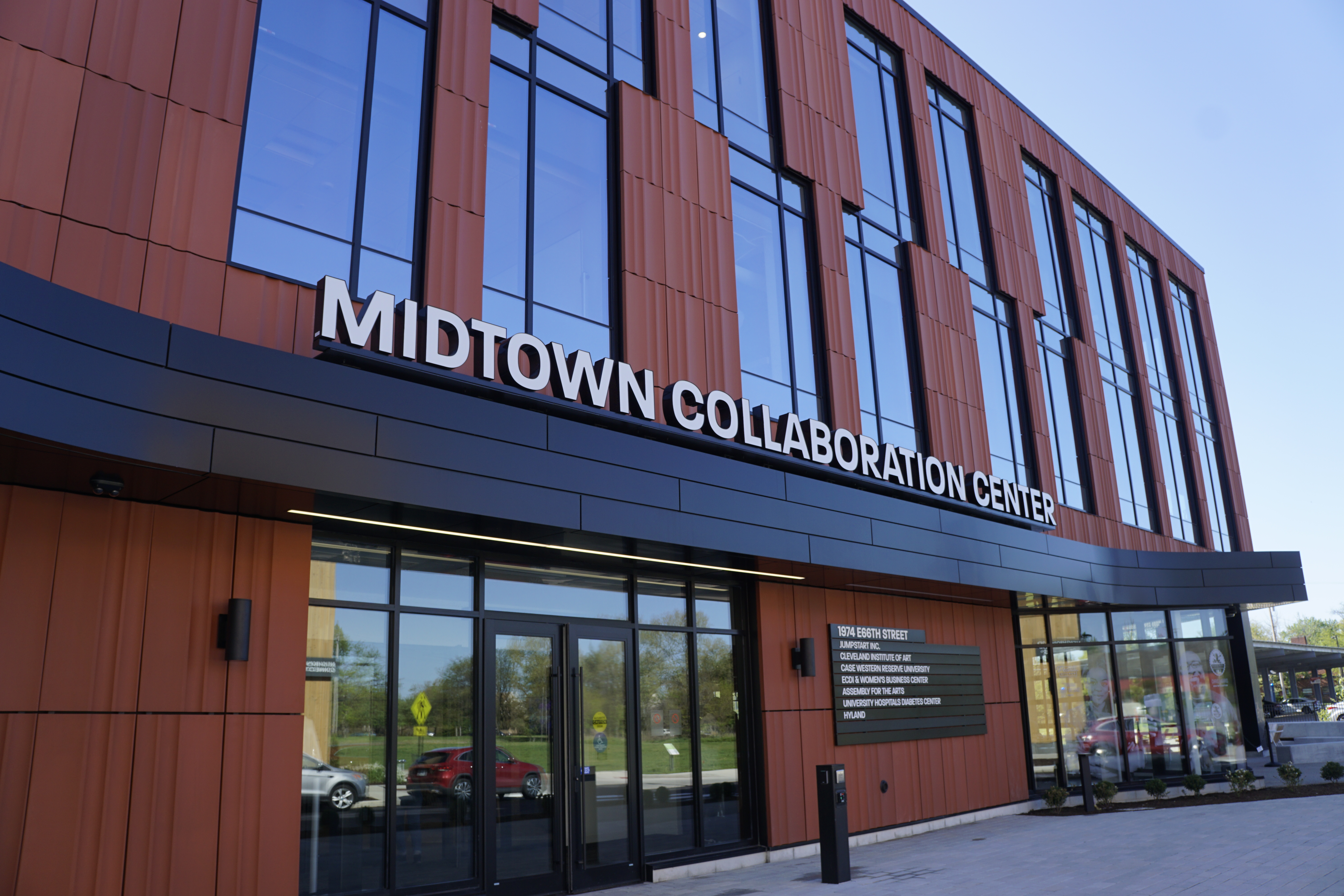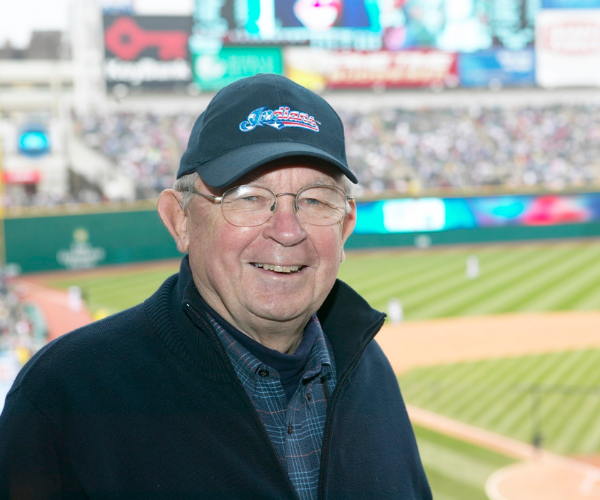How Holden Forests & Gardens’ Nest Box Program Has Helped 30,000 Birds Take Flight
by Christina Rufo | Apr. 22, 2025 | 9:00 AM
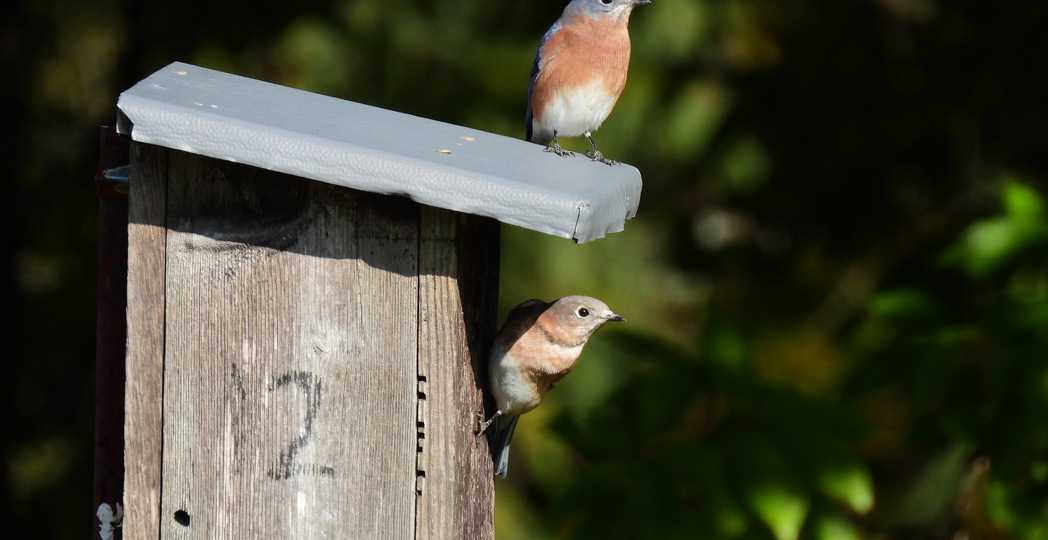
Courtesy Mike Watson
Tucked into the woodlands of Northeast Ohio, a quiet yet powerful conservation story has been unfolding for more than 60 years. At Holden Forests & Gardens, a small wooden box might not look like much, but for native birds like the Eastern bluebird or tree swallow, it can mean the difference between survival and extinction.
The Nest Box Program at Holden, launched in the 1960s during a time of sharp bird population decline, is one of Ohio’s longest running bird conservation initiatives. What began as a grassroots effort to save bluebirds has grown into a data-rich, volunteer-driven program that tracks the lives and movements of thousands of birds across multiple species.
“Bluebird populations had started declining pretty dramatically from the early 1900s through the mid 1900s and into the 60s,” says Mike Watson, conservation biologist at Holden. “They’re secondary cavity nesters, so they need some sort of a structure to build their nest inside of. They rely on natural holes in trees or old woodpecker cavities, which were vanishing due to deforestation and development.”
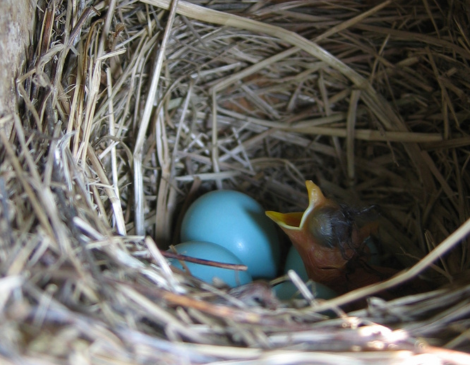
Enter the nest box: a simple, human-made structure designed to mimic a bird’s natural nesting site. The boxes allow the birds to nest with some solace from the elements and natural predators.
Over time, Holden’s collection of boxes expanded, not just in number, but in species supported. Today, the Nest Box Program includes Eastern bluebirds, tree swallows, purple martins, house wrens and even hopeful new additions like Eastern screech owls and American kestrels.
Volunteers check each box twice a week throughout nesting season, from late March to mid-August, collecting data on egg counts, nest construction, fledging success and even threats like parasites or predation. This information is submitted to NestWatch, a global bird monitoring program, and helps inform conservation strategies far beyond Holden’s borders
In 2024, Holden’s team of 40 trained volunteers monitored 228 nest structures, banding 872 baby birds before they could fly. Since the project’s inception, Holden has fledged more than 30,000 native birds: 14,445 bluebirds, 11,939 swallows and thousands more of other species.
6 Migrating Birds and Butterflies To See in Greater Cleveland
Programs like Holden’s are more important than ever in light of the broader crisis facing bird populations. The 2025 U.S. State of the Birds report revealed continued widespread declines in American bird species, with more than a third considered of high or moderate conservation concern. A staggering 112 species have lost over 50 percent of their populations in the last 50 years.
Scientists say these losses are the result of habitat destruction, environmental degradation and climate extremes. These issues affect not just birds, but entire ecosystems. In this context, local, long-term conservation efforts like the Nest Box Program offer hope, showing that recovery is possible when habitat and science-driven care are prioritized.

One of the most vital tools in the program’s conservation efforts is bird banding, a scientific method that offers a window into the otherwise invisible lives of wild birds.
“The goal is to get a federal leg band on every native bird that hatches in our nests before they can leave,” says Watson. “Ideally, someone will find those birds later and report back.”
Bird banding helps answer fundamental ecological questions: How long do birds live? Where do they go? How far do they travel from their birthplace? Data from Holden is submitted to the U.S. Geological Survey’s Bird Banding Lab, where it joins a massive national database used by scientists, educators and conservationists.
Bald Eagles are a Symbol of Ohio’s Conservation Success
That said, banding comes with its challenges. Only about 1% of banded birds are ever recovered. Most go unreported, whether due to natural mortality, a remote habitat or simply never being seen again. Still, the information recovered is invaluable for researchers.
“There's thousands of nest boxes on the landscape across Ohio. We're sort of a small piece of bigger effort, but I think we are kind of unique in age and size in one location,” Watson says.
The nesting season at Holden begins in early spring, often dictated by the whims of March weather. Bluebirds typically nest first, sometimes raising two broods in a single season. Tree swallows use feathers to line their nests, while house wrens pile up twigs in the corners of their nest boxes and purple martins are a more recent inclusion to the program.
Each species has its own rhythm, and each box offers a story. But success isn't guaranteed. Cold snaps in early spring can wipe out insect populations critical to feeding hatchlings, especially for insect-dependent species like tree swallows.
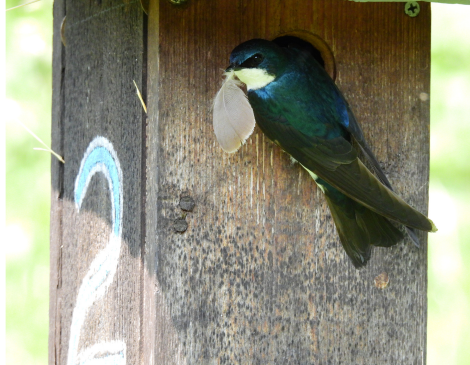
By collecting long-term data, the program provides insights into bird population dynamics, helps identify conservation needs and supports broader scientific understanding of local bird species. The data is shared with national databases, making it valuable beyond just the Holden site.
“We have clear evidence that conservation works in halting declines,” said Michael J. Parr, President of American Bird Conservancy, in a news release.
Get to Know Ohio’s State Animals
Volunteers, many of whom return year after year, serve as the program’s lifeblood, trekking through woods and meadows to check on the boxes and record data.
Their work has made Holden’s Nest Box Program not just a conservation success, but a model of what’s possible when passion meets purpose.
“The continuation of the program for that long is something that I'm really proud of,” says Watson. “It speaks to the dedication of the volunteers.”
For more updates about Cleveland, sign up for our Cleveland Magazine Daily newsletter, delivered to your inbox six times a week.
Cleveland Magazine is also available in print, publishing 12 times a year with immersive features, helpful guides and beautiful photography and design.

Christina Rufo
Christina is a passionate reporter on Cleveland's culture and dining scene, compiling Cleveland Magazine's monthly dining guide. A graduate of West Virginia University's journalism school and the New York University Publishing Institute, her work celebrates the people, plates and parties that make Northeast Ohio shine.



